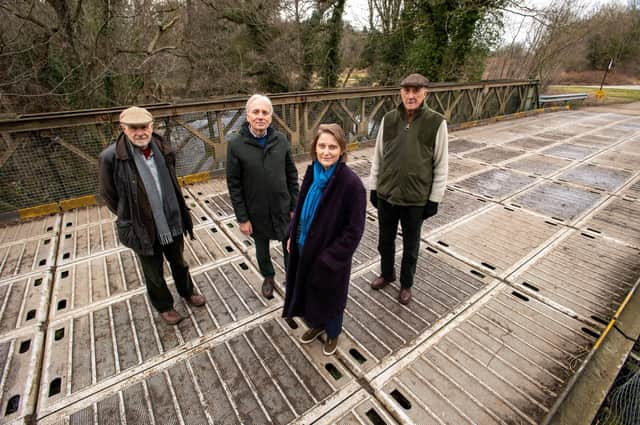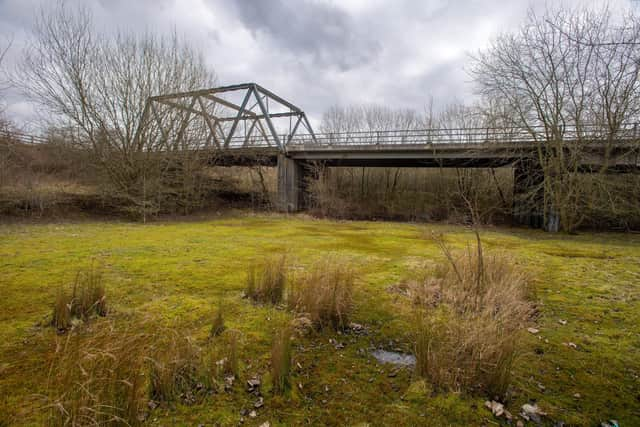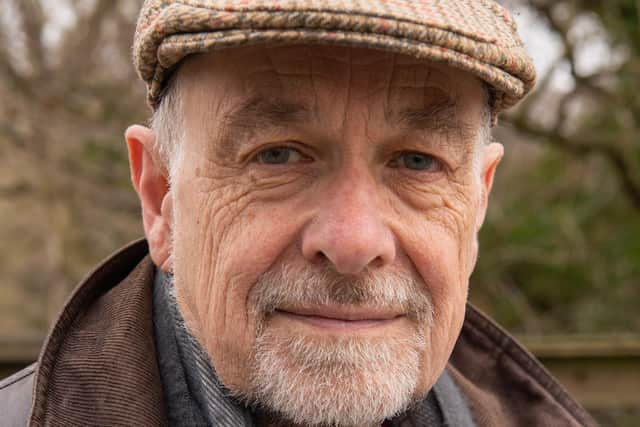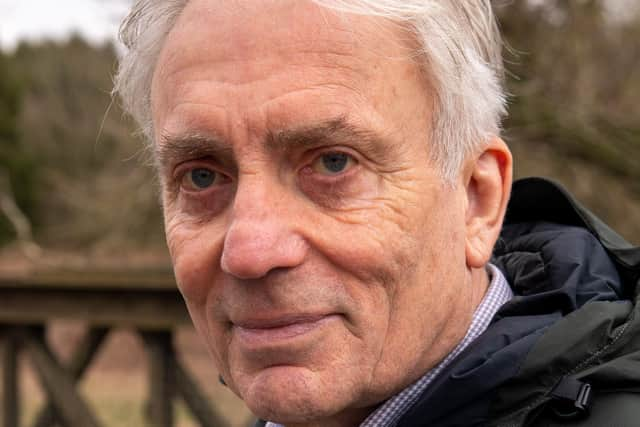Ripon civic research reveals role of city


Members of the Society have been closely engaged with the planning process and have been keen to stress the importance of last remaining remnants of the city’s vast World War I camp, in which the poet Wilfred Owen was stationed.
Setting up the Ripon Military Heritage Trust to aid further research, it has now discovered that from the start of World War II the remaining site was the test-bed for developing and trialling demountable bridges, including the famous Bailey Bridge.
Advertisement
Hide AdAdvertisement
Hide AdChairman of Ripon Civic Society, Christopher Hughes, said: “The site at Laver Banks is important in the history of Ripon’s past and of the defence of Britain in World War II and since.


“We have done detailed work on the Homes England proposals for the whole of the Army Camp site.
“We encourage them, and Harrogate Borough Council, to take a revised look at proposals for demolition of some of the structures our research has identified, and to protect them for the future.”
Research showed that the School of Military Engineering was evacuated from Chatham in Kent to Ripon at the start of the War.
Advertisement
Hide AdAdvertisement
Hide AdAs well as providing training for engineers on the Bailey Bridge, the School also developed the massive Bailey Suspension Bridge, capable of spanning up to 400 feet.


It was tested in Ripon at the Laver Banks site of Ripon Camp by British, Canadian and American troops before being deployed in Burma and other theatres of war.
From 1946 a new Heavy Girder Bridge was developed; by 1955 60 had been ordered. The first to be put in place was over the River Ure in Ripon.
It was mainly used in West Germany as well as in Malaya. Development continued in the following decades.
Advertisement
Hide AdAdvertisement
Hide AdThe only surviving Heavy Girder Bridge was installed in Ripon as late as 1992. Ripon also has the larger of only two surviving ‘Demolition’ Training Bridges, designed with cavities in which explosives could be packed to eliminate the bridges before an enemy assault.


As well as these rare survivals, and the still-extant infrastructure of the testing site, the Ripon Camp also has the last four Twynam Huts remaining; these were the successors to the Nissan Huts and were developed in 1959 for use as accommodations for personnel, offices and stores.
They were deployed worldwide, including in Cyprus, Aden and Libya, as well as on Ascension Island during the Falklands War and at Long Kesh Camp in Northern Ireland.
Guy Wilson, creator of the Royal Armouries Museum in Leeds and one of the Ripon Military Heritage Trustees, added: “It is amazing how significant this quiet part of North Yorkshire was in the Second World War.
Advertisement
Hide AdAdvertisement
Hide Ad“What was happening in Ripon helped us to win the War and our research has discovered how important Ripon was in the development and perfection of the Bailey Bridge and its successors.
“It is a story hitherto unknown but one very worth telling and remembering.”
Ripon Civic Society has shared its research findings with Homes England, which is responsible for the transition of the site from army camp to housing and employment, and with Harrogate Borough Council, which will determine the planning application.
“The Society urges that these very significant but vulnerable survivals need special protection as part of the planning process, and will work closely with the parties to try to establish a community legacy for Ripon and the wider area by promoting and interpreting the site,” added a spokesman.